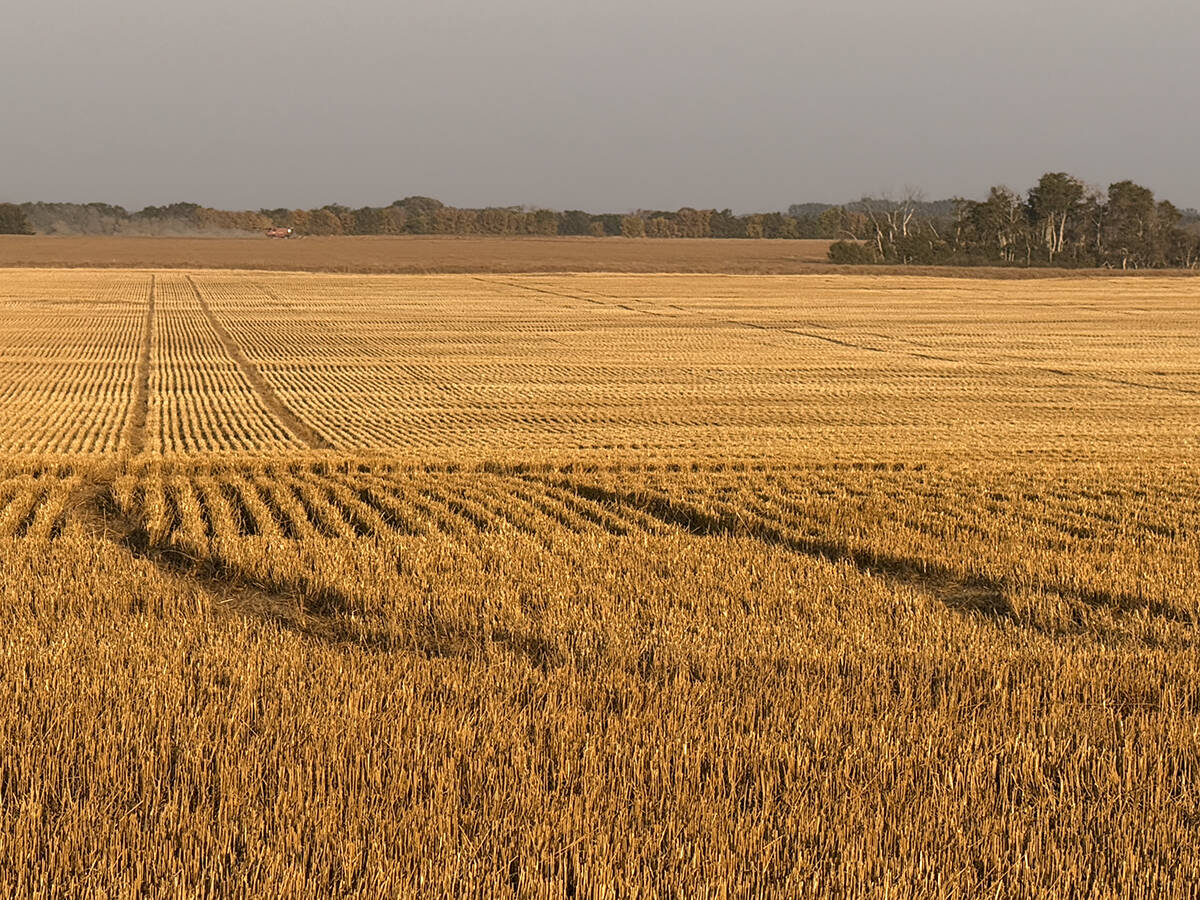Paul Dribnenki was looking for short-season flax to satisfy growers in the Peace River district of Alberta and British Columbia. The breeder found what he really wanted was a cold tolerant crop.
Dribnenki set out last year to identify the shortest season flax genetics from a group of 40 short-season varieties contained in the federal Plant Gene Resources collection located at the University of Saskatchewan in Saskatoon.
The crop breeder from Vegreville, Alta., found out in the single-year project that more important than rapidly maturing genetics would be frost tolerance.
Read Also

Final crop reports show strong yields, quality
Crops yielded above average across the Prairies this year, and quality is generally average to above-average.
Growing degree days at Dawson Creek, B.C., are about 1,610.
“Flax needs 1,603. That isn’t much wiggle room for producers. At Vegreville, it’s 1,793. In Saskatoon, for example, it’s 1,932 and Morden, (Man.) is a tropical 2,174,” Dribnenki told the Saskatchewan Flax Development Commission annual meeting in Saskatoon Jan. 7.
The breeder said if producers could count on being able to plant flax at the end of April, rather than in the middle or third week of May, they could maintain long season crop advantages such as yield.
“Early seeded crops also avoid other pressures from insects and get the chance to take advantage of early season moisture reserves,” he said.
However, flax producers seeding at the beginning of May on the southern Prairies or in mid-May in the north always run the risk of losing their crop to frost.
Dribnenki discovered that some of his own frost tolerant lines of linola, bred to meet European markets for winter oilseeds, were a better bet than a short-season flax.
After finding lines that remained green after -14 C frosts, he knew that having a flax that needed 110 or more days to reach maturity but could withstand spring frost was a better bet than a shorter season, lower yielding crop. That was true not only for growers in short season regions of the north but also for growers in the south looking to improve yields.
“What we need now is to develop a package that includes the breeding and the agronomics. That will change the role of flax on the Prairies,” he said.














